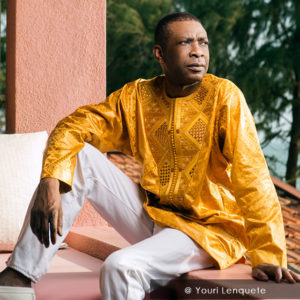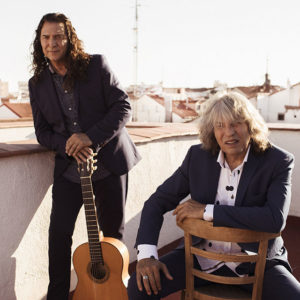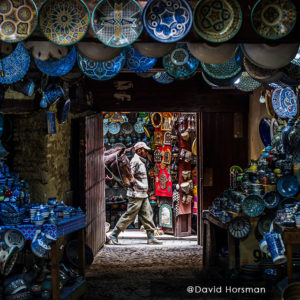Description
Idriss is settled in Fez as if it were his fiancé; his heart is so full that he does not sleep even when his eyes are closed. His country remains protected by his sacredness, like the lion cub with his father in the jungle.
An illustrated children’s book opens with this evocation of Fez.
As in the story of the miraculous birth of this city, Idriss II’s childhood is full of legends and anecdotes about his precocious genius that led him to being declared an imam at the age of 11.
Many Moroccan artists spring from a heritage that is Arab, Andalusian, Amazigh or Jewish, highlighting the cultural diversity that echoes in the labyrinthine streets of the medina, a symbolic representation of the geography of spirit and journey.
Over time, the city has been nourished and represented by pilgrims and illustrious nomadic travellers. Some experienced this prophetic force in the spirit of ziyarat, journeys that encompass the quest for sanctity, such as the Andalusian Ibn Jûbayr. Others preferred the rahla type of journey, like the great Ibn Battuta who, in the 14th century, at the age of 22, left his family in Tangier with the intention of making the pilgrimage to Mecca and visiting the tomb of the Prophet.
In their footsteps, we visit the Sufi brotherhoods of Senegal and the holy city of Al-Quds (Jerusalem) where many Fassi Sufis were established in an Islamised Andalus, and where the celebrated physician and philosopher Rabbi Moshe Ben Maimon also went. He was known as Maimonides and born on 30 March 1135 in Cordoba on the banks of the Guadalquivir.
Artists from Persia, Armenia, Tunisia, Palestine and the Sultanate of Oman illustrate the spread of Islamic culture, with Fes being one of the principal cradles of knowledge, largely through the reputation of its Quaraouine University.
The representation of Maryam and her sister Fatima al Fihri Al-Qarawi, daughters of a rich immigrant originally from Kairouan (in Tunisia) as endowing the construction of the two principal mosques in Fes, marks the important role of women in the history of the city.
According to tradition, the first of these two mosques, the Quaraouine, was founded by Fatima who was also known as Umm al-Banin. With money inherited from her father, she bought the land on which the first foundations were laid in 859. The Al-Andalus mosque was endowed by Maryam, also thanks to her father, a short while after the building of the Quaraouine.
New scenographic technology allows us to penetrate deep into the heart of the medina. These streets have a memory that form the basis of the future, at once creative, spiritual and radiant.
CAST
Alain Weber: conception and direction
Ramzi Aburedwan: musical direction, composition and arrangements
Christophe Olivier, assisted by Gaël Boucault: lighting
Mapping: Spectaculaire – Allumeurs d’images (Franck Marty: artistic director)
Hassan El Jaï: comedy (Morocco)
Ensemble Taskiwin: Ahwach (Morocco)
Aïda Niati: voice (Tunisia)
Ensemble Rhoum EL BAKKALI Hadra Chefchaounia: voice (Morocco)
Sufi Women’s Ensemble from Senegal: voice
Sahar Mohammadi: voice (Iran)
Haig Sarikouyoumdjian and Georgi Minasyan: duduk (Armenia)
Walid Ben Selim: voice (Morocco)
Haroun Teboul: ney flute (Morocco)
Sufi Ensemble of Jerusalem: voice (Palestine)
Mevlevi Dervishes of Istanbul: dance (Turkey)
Hamadcha Sufi Brotherhood of Fes (Morocco)




